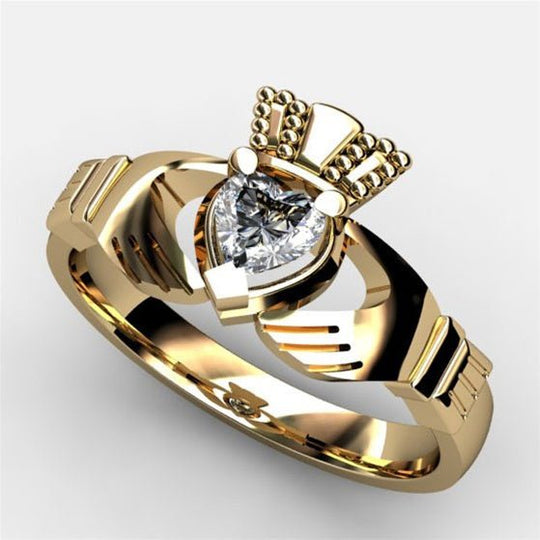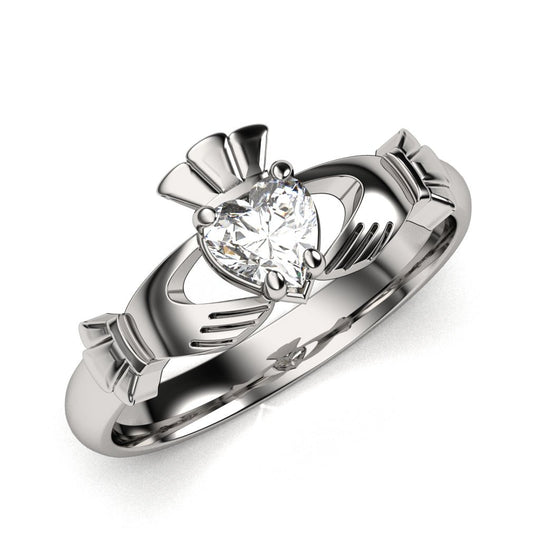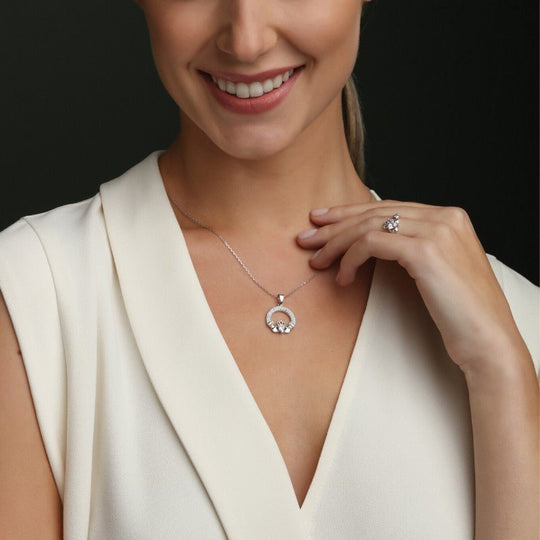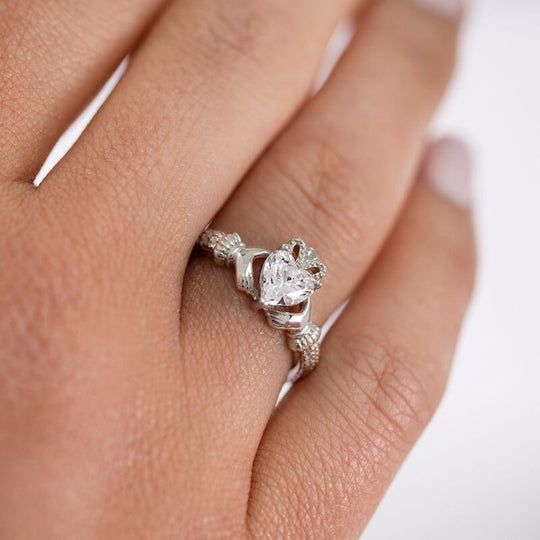From Natural to Simulated: The Sparkling World of Diamonds and the FTC Rules You Need to Know
All About Diamonds
Introduction
Diamonds are among the most sought-after gemstones in the world. They are unique in their beauty, durability, and symbolism. However, not all diamonds are created equal. In this blog post, we will explore the differences between natural, lab-created, synthetic, and simulated diamonds. We will also discuss the rules set by the Federal Trade Commission (FTC) for selling diamonds in the United States.
Natural Diamonds
Natural diamonds are formed deep within the Earth's mantle over millions of years. They are created under high pressure and temperature conditions, which result in their unique structure. Natural diamonds are rare and highly valuable, often used in engagement rings and other high-end jewelry. These diamonds are mined from the Earth's surface or extracted from deep mines.
Lab-Created Diamonds
Lab-created diamonds, also known as cultured or man-made diamonds, are produced in laboratories using advanced technology that replicates the same conditions necessary for natural diamond formation. These diamonds have the same chemical and physical properties as natural diamonds. They are grown using a process called Chemical Vapor Deposition (CVD) or High Pressure-High Temperature (HPHT). Lab-created diamonds are more affordable compared to natural diamonds, making them a popular alternative for budget-conscious consumers.
Synthetic Diamonds
According to the Federal Trade Commission (FTC), "laboratory-created," "laboratory-grown," "[manufacturer name]-created," or similar terms may be used to describe diamonds that have the same optical, physical, and chemical properties as mined diamonds and must also be accompanied by clear and conspicuous language disclosing that the diamond was lab-created. The FTC notes that the term "synthetic" is no longer recommended, as it wrongly implies that lab-created diamonds are fake or artificial diamonds.[1][2]
Sources:
Simulated Diamonds
Simulated diamonds, such as cubic zirconia and moissanite, are diamond alternatives that mimic the look of real diamonds but are made from different materials. These stones may have a similar sparkle and visual appeal to natural diamonds, but they do not possess the same physical or chemical properties. Simulated diamonds are usually more affordable than natural or lab-created diamonds, making them a popular choice for fashion jewelry.
FTC Rules for Selling Diamonds in the US
The Federal Trade Commission (FTC) has set specific rules and guidelines for the diamond industry to ensure transparency and protect consumers. These rules include:
-
Use of the term "diamond": In order to be called a diamond, a stone must be a natural or lab-created diamond. Simulated diamonds should not be referred to as diamonds, and their true identity should be disclosed to consumers.
-
Disclosure of treatments: If a diamond has undergone any treatments to enhance its appearance or clarity, sellers must disclose this information to consumers. Common treatments include laser drilling, fracture filling, and high-temperature annealing.
-
Certification and grading: Diamonds should be accompanied by a certificate from a reputable grading laboratory, such as the Gemological Institute of America (GIA). This certificate provides information about the diamond's quality, including its cut, color, clarity, and carat weight.
By following these rules, the FTC aims to ensure that consumers are well-informed and protected when purchasing diamonds in the United States.
Conclusion
In conclusion, diamonds come in various forms, each with its own unique characteristics and value. Natural diamonds, lab-created diamonds, synthetic diamonds, and simulated diamonds all offer different options for consumers based on their preferences and budgets. Understanding the differences between these types of diamonds and being aware of the FTC rules for diamond sales will empower consumers to make informed choices when purchasing these exquisite gemstones.
We offer a wide selection of Engagement Rings featuring both Natural and Lab Created Stones: Engagement Rings
For those who are looking for a White Stone Cubic Zirconia for a budget friendly price: Cubic Zirconia Rings and Jewelry








